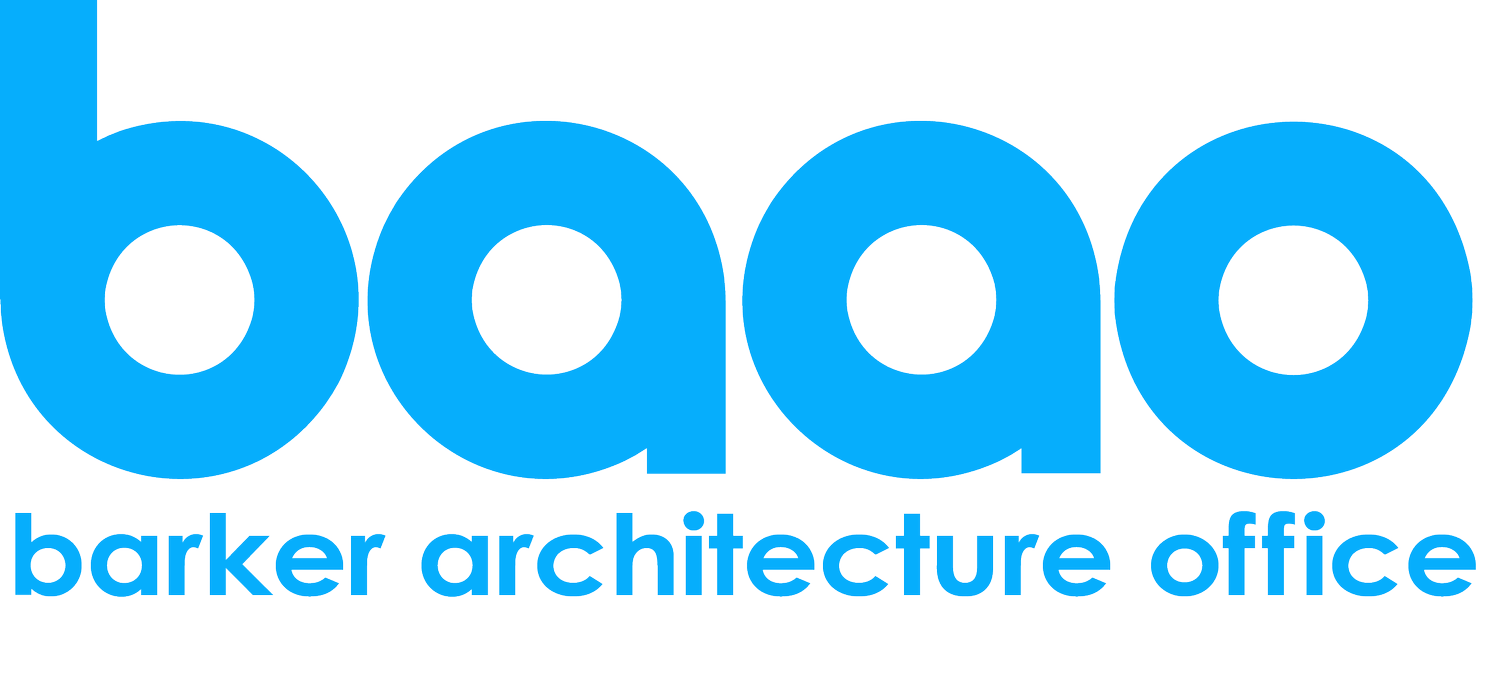House for Booklovers and Cats
The clients, an artist/poet/professor and a poetry & literature library administrator, asked us to convert this Brooklyn rowhouse into a series of lively, light-filled spaces. They also wanted the house to provide accommodations for their two shy but inquisitive cats — including ways for the cats to slip away from unexpected guests.
Location:
Brooklyn, New York
Photographer:
Francis Dzikowski/OTTO
Awards:
Society of American Registered Architects (SARA) National Design Award
NYCXDesign Award Honoree
AIABQDA Merit Award
Publications:
Cover story Revista Living (Brazil)
House for Bookloveres and Cats in Makeover, Braun Publishers
Irish Times
Home Living (Korea)















